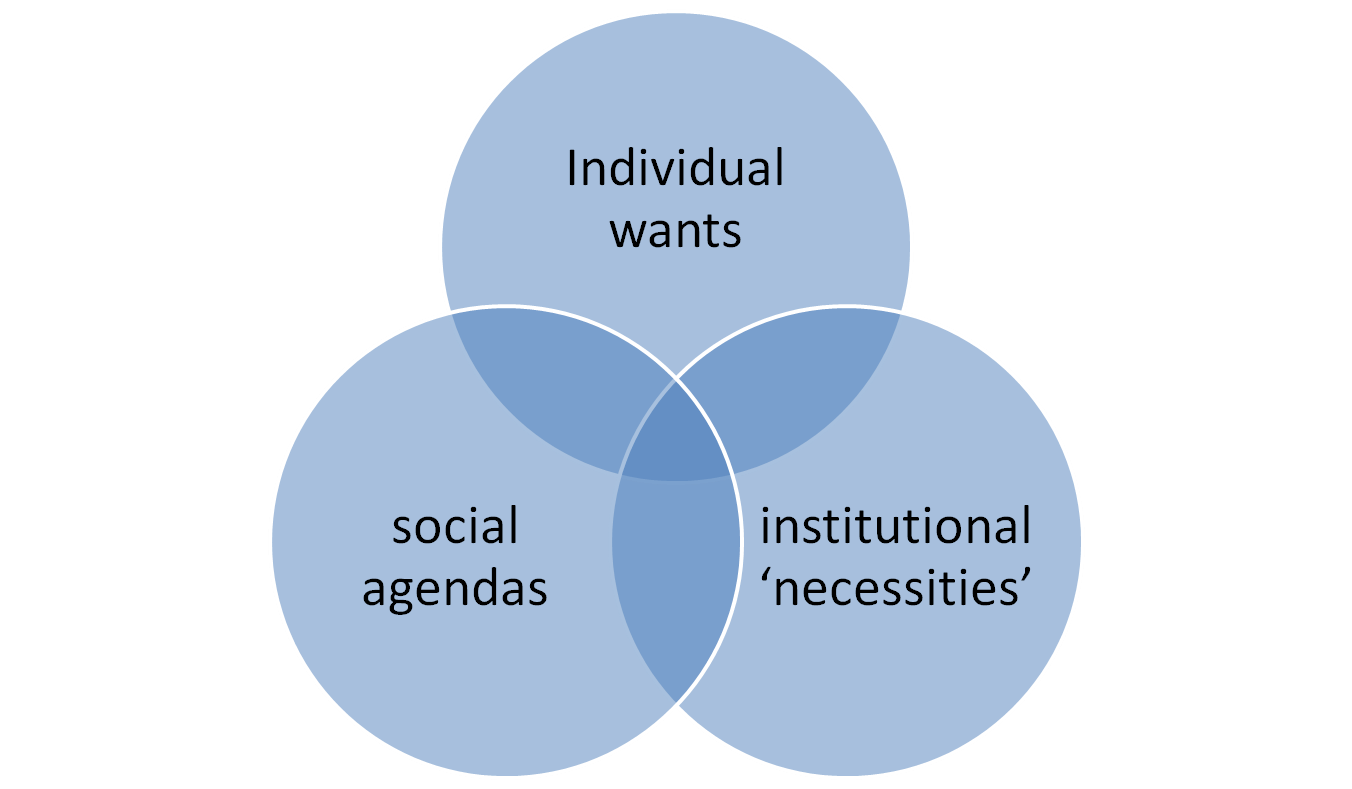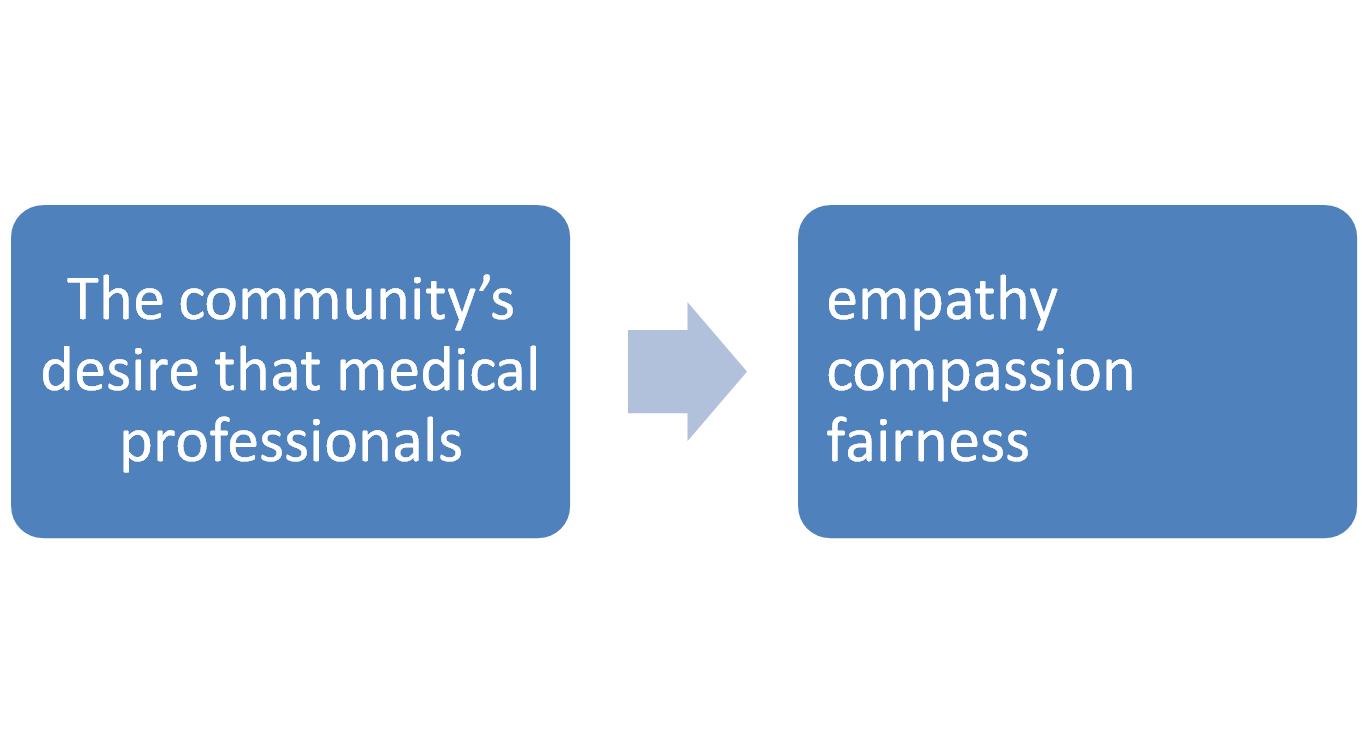


Theme
International Medical Education
Category
General
INSTITUTION
Kaohsiung Medical University
Barnett argues that the higher education should be more than merely the acquistion of a set of skills but a space for 'crtique' ,'understanding' and 'values'. Languge educators such as Byram also proposed a model which also includes critical cultural awareness that further empowers students to 'unpack, examine and transform assumption' (Phipps and Levine, 2003). In the context of intercultural language education in medical contexts, the development of critical cultural awareness may usefully be directed towards means of ‘unpacking, examining and transforming assumptions’ about the tenets of western biomedical professionalism, the core set of beliefs that global medical education tends to instill in medical students.
- This study considers in some non-English speaking countries such as Taiwan, the role of critical cultural awareness in language education for medical students. It investigates if English classroom in medical education can turn into a site for critical relfection and combine the development of language competence and professional values. It also illustrates how to use literature and art to help Taiwanese medical students’ development of critical cultural awareness in the language classroom.
- The course did needs analysis first and cosidered:
1. What they need to perform their professional duties 2.What learners believe they need.


- We consider an intercultural approach to English language teaching in medical settings is well-placed to extend the discourse of pedagogical needs beyond student ‘wants’ and ‘institutional necessities’ towards the abilities that are variously formulated as aspects of cross-cultural or intercultural communicative competence.
Methods
- Designing a English for Medical Purpose class on the ‘Gynaecology, pregnany and childbirth’ that employ four different types of input: (Please refer to details for selected exemplar slides)
1. Technical languages 2. Visual arts (images of childbirth)
3. A poem (Postpartum epression) 4. Writing a birth plan (NHS website)
- 130 second year medical students ( 50 are females) taking this class (2012) looked at the NHS website and wrote a birth plan. They were also asked to interpret images of childbirth and close read the poem.
- Written data of birth plan were collected and analyzed.
- A questionnaire was also conducted with the first year students also indicated that there is a place for art and literature in the language classroom to teach professional values and critical thinking.
1. Students were able to use NHS sites to explore:
• The relationship of the individual to society
• Critical cultural awareness (considering who has responsibility for health care decisions and when)
• Knowledge of how to discover cultural information (health care consultations, websites and leaflets, television and film dramas, etc)
• Empathy – why is it important for childbirth to be a whole ‘experience’ for all involved, from mother to doctor, midwife and birthing partner?
2. Exemplar Results emerged from students' writing a birth plans showed that
• Students' Cultural preference for hospitals; role of medicine in society (ex: Is a hospital a “natural place” for birth)
• The majority of students prefer to have parents (especially mother) to be their birth partners. Possible explanation can be the confucian culture of Taiwan vs more individualistic cultures where children are independent at age 18
3. curricular goals can be achieved through this class (more description for each point in details)
• knowledge of language;
• intercultural savoirs/resources;
• Professional values.
4. . There is a space for literature in medical education (see another questionnaire done in details)
The study showed that in medical education, it’s possible to develop students’ critical cultural awareness. An intercultural language classroom for pre-medical students could include topics and texts are such as literature and visual arts that address aspects of healthcare practice, which prompts students to consider critically how the texts articulate social values, attitudes and beliefs, and how these, in turn, inform behaviour.
In the premedical years, the intercultural language classroom can become a site for subjecting medical students’ professional values to scrutiny through reflection on professional values and engagements with literature and art and develop their critical cultural awareness.
I would like to thank the students at Kaohsiung Medical University who gave me inspiration and opportunities to think about possible ways of delivering language courses and their consent for using their quantative and qualitive data.
Barnett, R. (1994) The Limits of Competence: Knowledge, Higher Education and Society. Buckingham: Open University Press
Betancourt, J.R. (2003) Cross-cultural Medical Education: Conceptual Approaches and Frameworks for Evaluation. Academic Medicine, 78:6, pp. 560-569
Betancourt, J.R. (2004) Cultural Competence – Marginal or Mainstream Movement? The
Betancourt, J.R. (2006) Cultural Competency: Providing Quality Care to Diverse Populations. The Consultant Pharmacist Vol. 21, No. 12, pp. 988-995
Byram, M. (1997) Teaching and Assessing Intercultural Communicative Competence. Clevedon: Multilingual Matters
Byram, M. (2008) From Foreign Language Learning to Learning for Intercultural Citizenship: Essays and Reflections.
Phipps, A. and G.S. Levine (2010) What is Language Pedagogy For?, in Levine and Phipps, eds., pp. 1-14.
 Send Email
Send Email